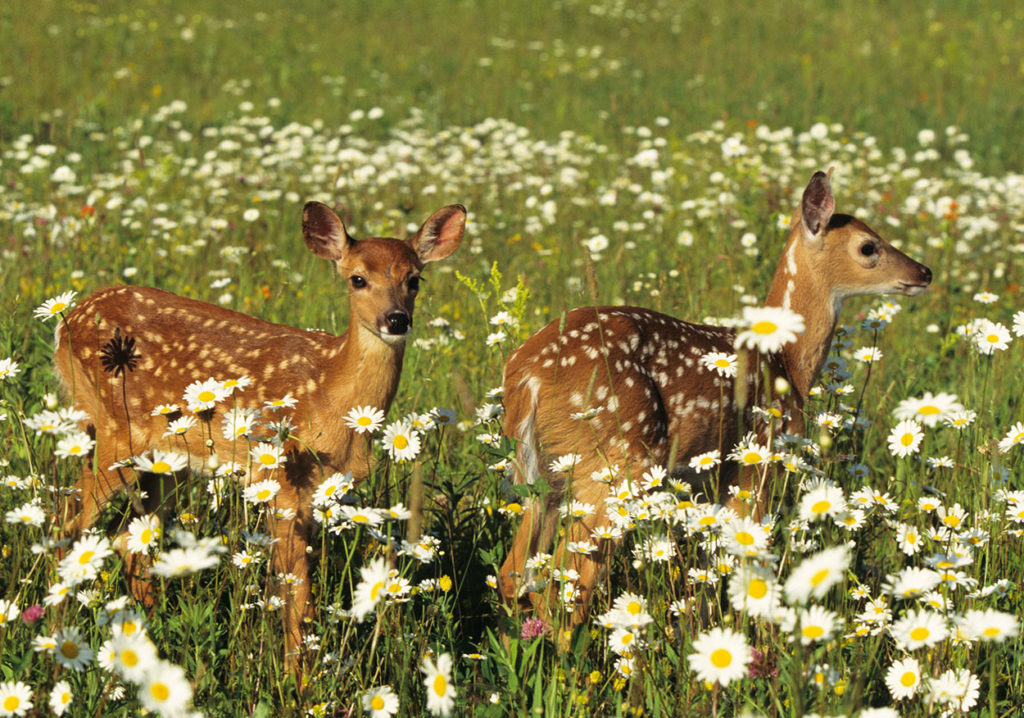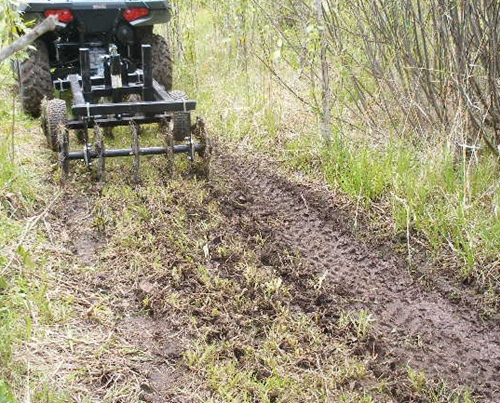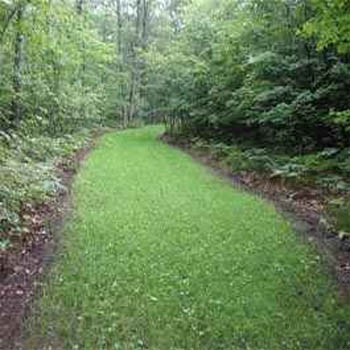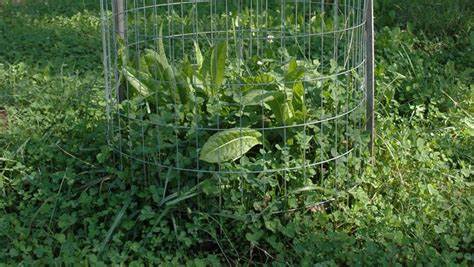30 Mar SPRING FOOD PLOTS!!!
So many hunters don’t pay attention to their hunting area until hunting season. By then, it is too late. Start planning your deer season now.

Food plots are often the first thing that legally comes to mind when improving deer areas. Fall plots are great, if the deer find them. Spring plots begin to pattern the deer now. Every hunter place out mineral licks, attractants, supplements and food sources in the fall.
The problem is that much of this effort is a waste of time and expense. Antler growth begins after the antlers are shed. That is now! Antlers stop growing after the velvet comes off. Fall antler growth products are a waste of time.
You can add Fall seeds to food plots, but the deer need to be conditioned to where they are. Spring is when you plant clover and chicory. Start planting these Brassicas at least 90 days before the first frost. This is also when you place out your antler enhancing licks.
Every food plot needs to have a proper PH. Test your soil and see if it is at 6.0 or 7.5. Any lower or higher will cause a disappointing outcome. To manage your PH, spread lime. It takes a while for lime to adjust the soil PH so do it now. 90 days is often the time required to adjust the soil. Powdered lime works faster than pelletized lime. It takes 1.5 tons of lime per acre to adjust the soil PH. You may need a second application.
Most eastern deer woods are full of acidic acorns and oak trees. These trees tend to create a more acid soil. Test your soil to be sure and adjust accordingly. You want the soil to be close to neutral acidity, 6.0-7.5.
You may need to mow first. Once the native growth shows itself, it is time to remove any unwanted plants. Spraying glophosate will kill off unwanted plants and their roots. A cheapo hand sprayer will do the job. You can target specific spots and targets. Allow a couple weeks for the plants to die and start to rot.
Now prepare your seed bed. This means you need to disc or plow the areas you plan to seed. You can’t just dump seed down and hope it will grow. It needs to be covered with some soil. A 5-inch-wide disc works well. You can tow this behind a tractor or quad. Once the area is roughed up, now distribute your seed, then cover.

Fertilizer is also important for a bountiful crop that can withstand deer foraging. Test your soil and add what is needed. Fertilizers reflect 3 numbers of nutrients. Nitrogen, phosphorus, and potassium. If it says 10/10/10 on the bag, these numbers reflect the amount of nutrient in the same order.
Crops can also produce their own nutrients. Clover, a popular perennial, adds nitrogen to the soil. You may want to add 0/10/10 if you are planting clover. Usually 300 lbs. per acre is what is needed. A month later may be the time to add an additional 100 lbs. after seeding.
Seeding food plots is best done now. Try to pick a time before a snow or rainstorm. Allow the moisture to drive the seed into the soil. Usually a thin layer of soil to cover the seed is all you need. Consider planting according to the lands contours to avoid erosion issues.
Place your plots in places where a good gardener would make a garden. Consider sun, water, weeds, and travel areas. You want the crop to grow and be securely in place before the critters begin to take advantage of them. Planting a food plot in front of a hunting stand may not work if the site is shaded by trees, on the shady side of the hill, or in a swamp. You need daily sunlight and moisture if you want your crop to succeed.
Also consider pathways, fire roads, and woodland clearings for additional plantings. These greenways can be perfect pathways to invite deer to travel to the primary food plots. Even if you occasionally travel these roads, many food plot plants can survive being walked and driven on.

To help you protect your crop, consider adding some protection to the plants so they can grow larger. Using wire rings will allow the leaves to mature. The leaves outside can be nibbled but the main plant would stay intact and not get uprooted.
Along with food plots, consider planting or creating areas that offer bedding cover for the deer. Deer can spend much of their life in less than 3 acres if the property supports their needs. Consider adding nut or fruit trees to your forests and sturdy grasses and local food crops around your areas.

If the weather helps, and you have done your food plotting properly, you will reap the harvest in the fall. You will be surprised how well-done food plots can draw deer from other areas onto your property. Your local critter population will be fat and happy! When that great branched antler buck steps out the cover, be grateful.
Harvest ethically and honestly!
Montana Grant
For more Montana Grant, hunt him up at www.montanagrantfishing.com.


